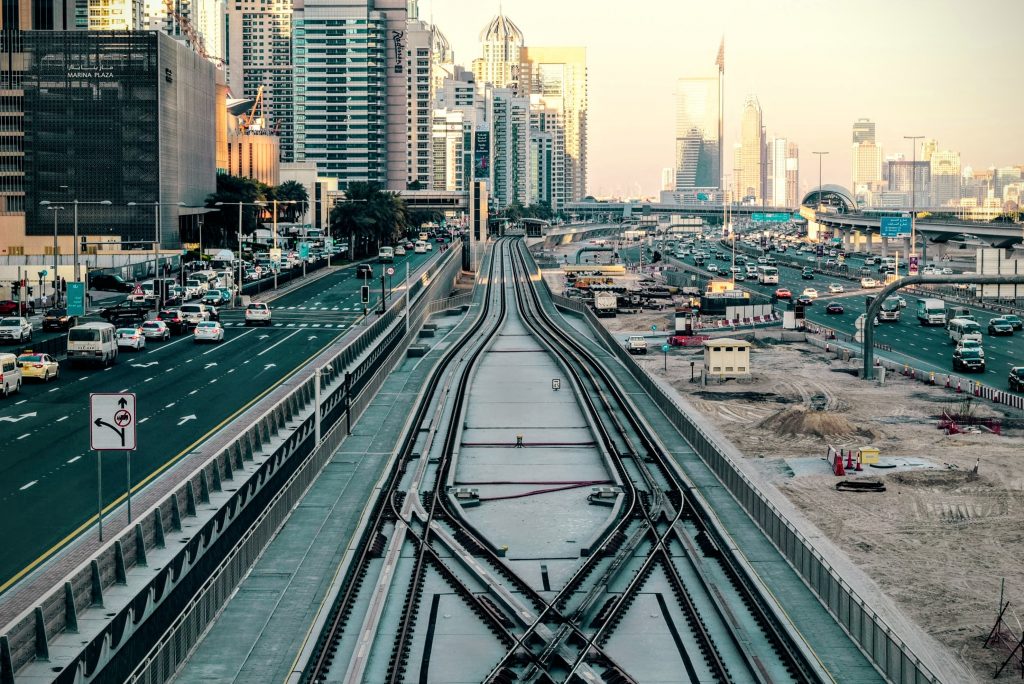This Sunday was the one year anniversary of the signing of the FAST Act, the five-year federal surface transportation authorization. The law authorizes federal funding for highways, bridges, transit systems and railroads. The passage of the FAST Act was a victory for proponents of infrastructure and everyday Americans who use it. It provided a small increase in funding and was the first long-term authorization bill in years, which provides states the certainty to plan and build projects.
However, the passage of the FAST Act did not mean Congress can be done with transportation infrastructure until 2020. Even with the increase in federal funding the FAST Act provided, the nation’s surface transportation system (its roads, bridges, rail and transit) is in need of repair and we’re investing less than half of what’s needed. In May of this year, ASCE released an economic study examining the nation’s investment in infrastructure and its economic consequences. The study found the U.S. was on track to invest about $940 million in surface transportation over the next decade (from all levels of government and the private sector), leaving a $1.1 trillion gap. This underinvestment will have a cascading impact on the nation’s economy, impacting productivity, GDP, employment, personal income, international competitiveness and, most importantly, public safety. Every year this investment gap, along with that of other infrastructure categories, is not addressed it will cost American families $3,400.
A large part of the problem is there has not been enough federal funding available for surface transportation infrastructure. The Highway Trust Fund (HTF) is supposed to fund the federal government’s investments in roads, bridges and transit, but an insufficient revenue stream has limited these investments. The HTF is primarily funded by the federal motor fuels tax of 18.4 cents per gallon on gasoline and 24.4 on diesel. The tax has not been raised since 1993 and inflation has decreased its real value by 40%. To make up for the shortfall, Congress has been diverting general fund dollars into the HTF since 2008. Congress failed to provide the HTF a sustainable funding source in the FAST Act and instead relied once again on a general fund transfer.
In order to fix the country’s existing infrastructure and build new infrastructure to meet the needs of our growing and evolving nation, the U.S. needs to treat infrastructure spending as an investment in its future. This must include providing the HTF a reliable and sufficient revenue source so the U.S. can get to work fixing and modernizing its roads, bridges and transit systems. Experience shows that it will take time to deliberate the best course of action and build consensus, so the 115th Congress will need to start working right away on fixing the trust fund, rather than waiting until the authorization runs out. Every day they delay, deteriorating infrastructure costs American families.
